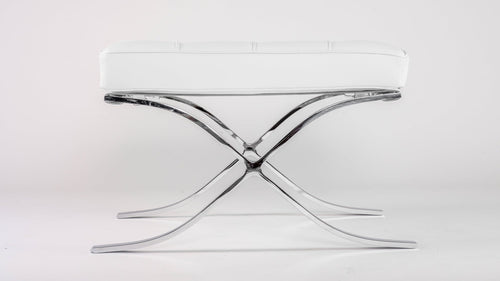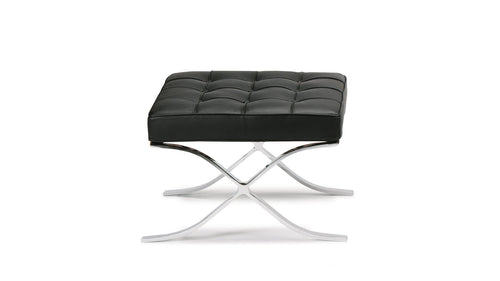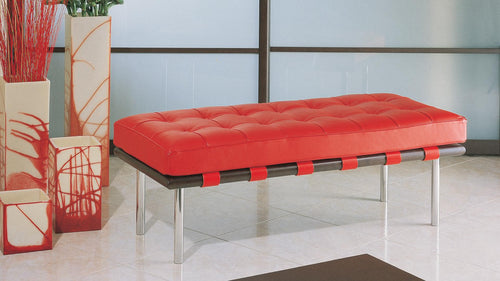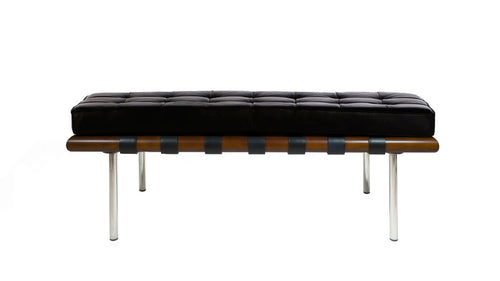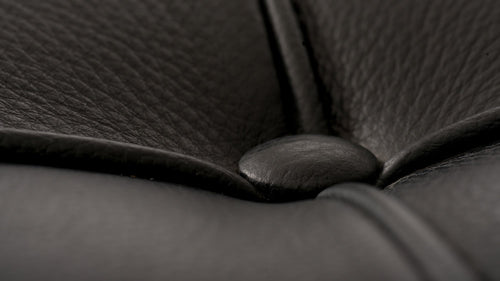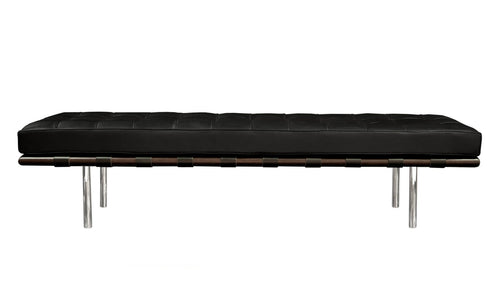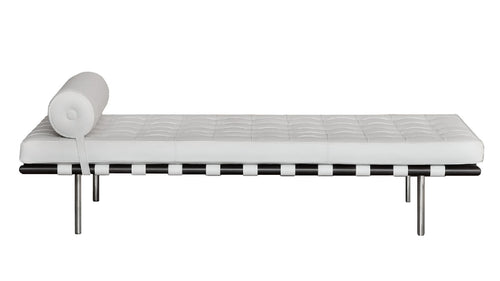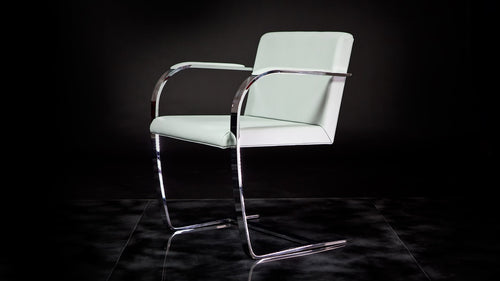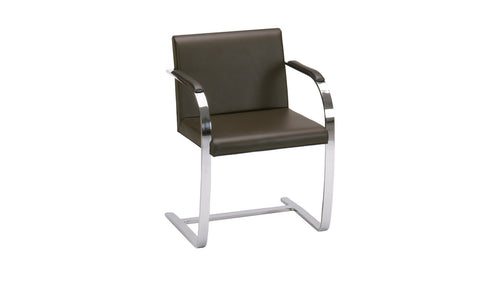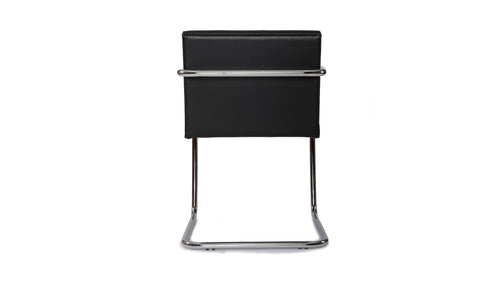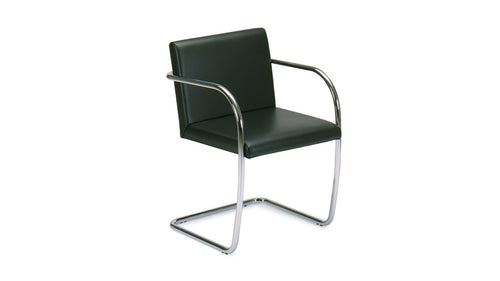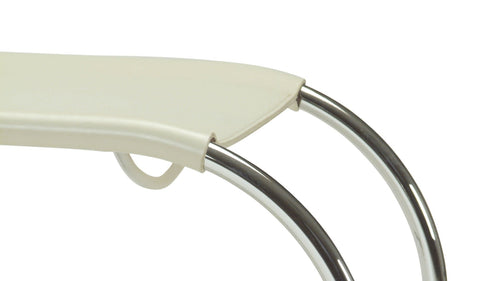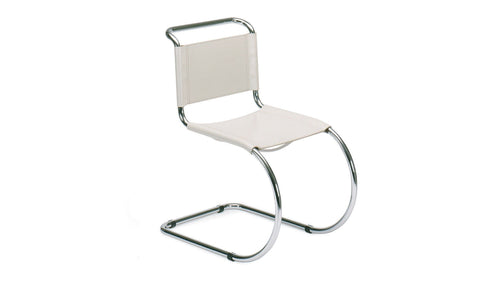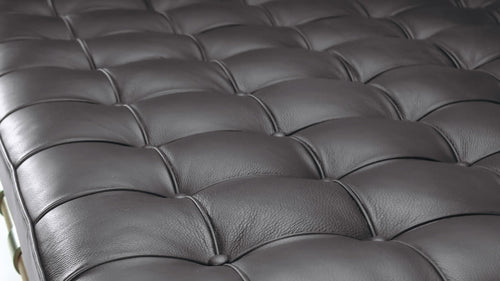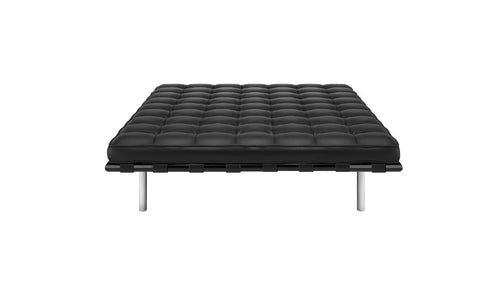Ludwig Mies van der Rohe
L. Mies Van Der Rohe
(1886-1969)
Constructive clarity expressed to perfection. That’s what I call architecture. One of the most significant and influential architects of the 20th century, Ludwig Mies van der Rohe is considered the most rigorous of the Rationalists, with his pure, perfectly geometric spaces, organized on planes free from the restrictions of walls. Born in Aquisgrana, he studied and worked as a furniture designer in Berlin, coming into contact with Gropius and Le Corbusier. He later remained fascinated by the works of Wright. When he opened his own architecture studio, his work became closer to the De Stijl and Constructivism movements, and he began to use in his projects steel and glass, extremely innovative for the time. Vice-president of the Werkbund, a cultural organization of primary importance in the ‘30s, he also was director of the Bauhaus. Among the main European projects there are the Weissenhof building in Stuttgart, Villa Tugendhat in Brno, and the German pavilion for the 1929 International Exposition in Barcellona. In 1937, he moved to the United States, where he was Dean of the Faculty of Architecture at the Institute of Technology of Chicago, dedicating his efforts, among many other things, to the building of skyscrapers, studing continuously new and functional designs.
Constructive clarity expressed to perfection. That’s what I call architecture. One of the most significant and influential architects of the 20th century, Ludwig Mies van der Rohe is considered the most rigorous of the Rationalists, with his pure, perfectly geometric spaces, organized on planes free from the restrictions of walls. Born in Aquisgrana, he studied and worked as a furniture designer in Berlin, coming into contact with Gropius and Le Corbusier. He later remained fascinated by the works of Wright. When he opened his own architecture studio, his work became closer to the De Stijl and Constructivism movements, and he began to use in his projects steel and glass, extremely innovative for the time. Vice-president of the Werkbund, a cultural organization of primary importance in the ‘30s, he also was director of the Bauhaus. Among the main European projects there are the Weissenhof building in Stuttgart, Villa Tugendhat in Brno, and the German pavilion for the 1929 International Exposition in Barcellona. In 1937, he moved to the United States, where he was Dean of the Faculty of Architecture at the Institute of Technology of Chicago, dedicating his efforts, among many other things, to the building of skyscrapers, studing continuously new and functional designs.
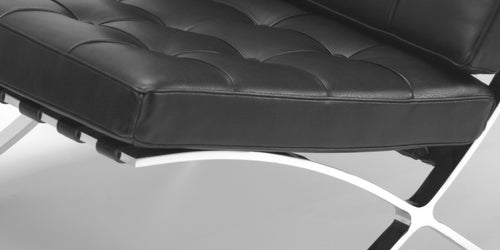
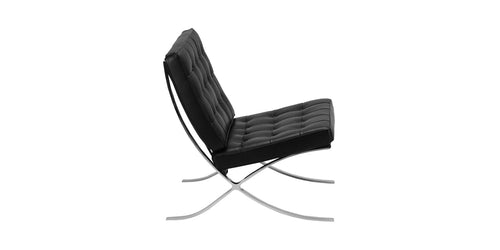
On sale
Barcelona Armchair with leather or fabric upholstery
Inspired by Mies van der Rohe
€1.664,16
€2.560,25
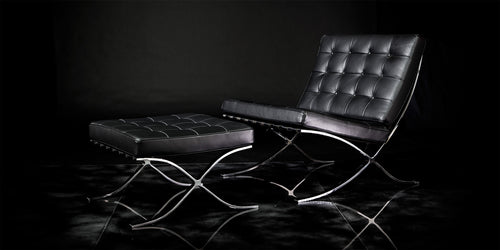
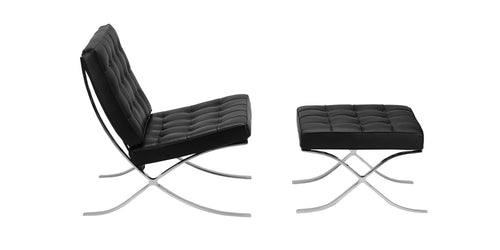
On sale
Barcelona Set armchair and stool with leather or fabric upholstery
Inspired by Mies van der Rohe
€2.779,35
€4.275,93

